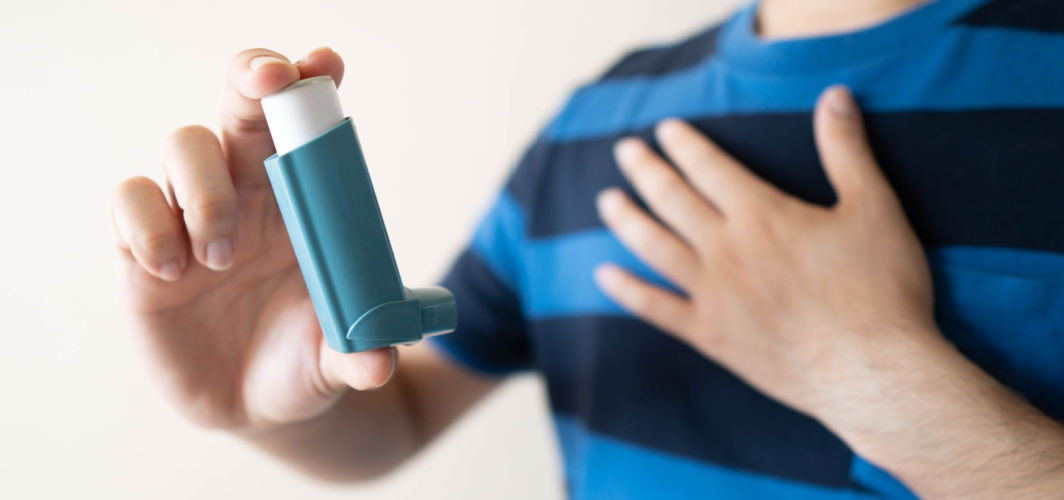Respiratory Health
Reasons You Must Quit Using Tobacco
5 min read
By Apollo 24/7, Published on - 03 June 2021, Updated on - 14 March 2024
Share this article
2
0 like

‘Smoking kills’ - despite having this clear warning message on every cigarette packet in the world, the Global Adult Tobacco Survey 2017 report by the World Health Organization (WHO) found that 99.5 million people in India currently smoke tobacco, and 199.4 million people use smokeless tobacco. Every year, 31st May is observed as ‘World No Tobacco Day’ to increase awareness about the health hazards associated with the use of tobacco. Following the studies declaring the increased risk of severe COVID-19 infection in smokers, this year’s theme carried the message ‘Commit to quit’.
Tobacco and its effect on the lungs
Smoked tobacco contains more than 60 different toxic substances, which are known to be carcinogenic (cancer-producing) and can start causing damage almost immediately after use. Different components of a cigarette can result in different complications in the lungs. Some of the ill-effects of smoking tobacco include:
- Studies reveal carbon monoxide present in tobacco smoke can displace the oxygen molecules present in the blood, resulting in a lack of oxygen in several vital organs of the body.
- Other chemicals found in cigarette smoke such as acrolein can result in irreversible lung damage, even in low amounts. It can cause a sore throat in just 10 minutes after use.
- Some cigarettes also contain bronchodilators, which open up the airways of the lungs. This allows the dangerous chemicals in the cigarette to get absorbed by the lungs.
- The airway is covered by tiny hair-like structures called cilia that keep dirt, mucus, and harmful microorganisms away from the lungs. Smoking destroys the cilia, thereby increasing the risk of upper respiratory tract infections. Moreover, in the absence of cilia, smokers develop a chronic cough, popularly known as ‘smoker’s cough’.
- Cigarette smoking during pregnancy increases the risk of developmental abnormalities in the baby.
- Smoking cigarettes during the teenage years can hamper the growth of the lungs, resulting in smaller and weaker lungs with poor function.
- Studies reveal that daily smoking increases the risk of developing the respiratory disorder - chronic obstructive pulmonary disease (COPD). COPD can cause difficulty in breathing, cough, and wheezing due to obstruction in the airways.
- Statistics reveal that smokers are 20 times more likely to develop lung cancer than non-smokers. Smoking can result in other respiratory cancers, such as the cancer of the oropharynx, larynx (voice box), trachea (windpipe), and bronchus.
Tobacco and COVID-19
As per the WHO, smokers are at increased risk of developing severe symptoms of COVID-19 infection. In a recent press conference, the Union health minister of India stated that smokers have a 40% to 50% higher risk of developing severe symptoms and can even die from COVID-19.
Some of the studies that indicate the risk of COVID-19 severity in smokers include:
- A Chinese study published in 2020 found that out of 1099 COVID-19 patients who were admitted to the ICU, 25.5% were smokers. It was found that due to the absence of cilia in the airway of smokers, they are more prone to inflammation and respiratory infections such as COVID-19.
- The COVID-19 virus requires ACE2 receptors to enter the human body. A study published in the journal Developmental Cell in 2020 concluded that smoking increases the levels of ACE2 receptors in the airway. Increased ACE2 receptors along with the absence of cilia in the airway, allows the virus to invade the body easily.
- Another large scale study published in the journal BMJ Thorax in 2021 including 2.4 million participants found that smokers were more likely to suffer from severe symptoms and required hospitalisation for breathing assistance.
Quitting smoking and tobacco use
It is necessary to be motivated and determined to be able to quit smoking. It is important to plan on how and when to quit smoking, followed by getting rid of the things that reminds one of the habit. It is a good idea to throw away all the lighters and empty cigarette packets as they may trigger the urge to smoke again.
Different therapies that may help quit the habit of smoking tobacco include:
- Counselling: Some people may require counselling to aid the process of quitting. Counselling can be provided by a therapist via video calls or in-person support groups, where they assist the person to quit tobacco and also refer them to cessation services. Friends and family can also support the person via phone calls and text messages.
- Nicotine replacement therapy (NRT): NRT is a therapy that helps in dealing with the withdrawal signs of quitting smoking, which includes a desperate urge to smoke, irritation, anger, anxiety, and difficulty concentrating. In this therapy, the person is delivered a controlled amount of nicotine through gums, lozenges, patches, inhalers, and nasal spray. NRT should be cautiously used, else it can result in harmful consequences.
- Yoga: Breathing techniques such as yoga pranayamas and asanas may help in dealing with the withdrawal symptoms of quitting smoking. Studies reveal a 5-minute session of breathing exercises with seated meditation, followed by 45 minutes of asanas and 10 minutes of closing postures may help in relieving stress and decrease the urge to smoke.
- Acupuncture: A protocol called National Acupuncture Detoxification Association (NADA) involving three to five-point ear acupuncture is known to help in reducing the urge to smoke and improves mood, bowel movements, and sleeping pattern. Some studies show that acupuncture, along with Chinese herbs and hypnotherapy may help in the cessation of smoking.
Takeaway
On the occasion of the ‘World No Tobacco Day 2021’, the Union Health Minister of India recently said that tobacco use claims around 1.3 million lives in the country each year which translates to roughly 3,500 deaths every day. This is not only impacting the health of people but is also imposing a significant financial burden on the country.
The use of both smoked and smokeless tobacco can wreak havoc on the body. Smokers also expose their family to second-hand smoking, which increases their risk of developing respiratory problems. According to the WHO, the body starts benefitting from smoking cessation within 20 minutes of quitting the habit. It is never too late to quit smoking, and with the right medical and social support, anyone can do it.
Respiratory Health
Leave Comment
Recommended for you

Respiratory Health
Improve Your Respiratory Health This Winter
People with pre-existing respiratory conditions such as asthma and COPD witness exacerbation of their conditions as the cold temperatures may make it difficult to breathe comfortably.

Respiratory Health
Types of Asthma: Classification & Severity
Know about the different types of asthma and their severity levels. Discover the latest guidelines, technologies, and lifestyle factors to manage asthma effectively.

Respiratory Health
Can Seasonal Air Pollution Affect Respiratory Health?
Polluted air becomes a major public health emergency with the arrival of the winter season every year.
Subscribe
Sign up for our free Health Library Daily Newsletter
Get doctor-approved health tips, news, and more.
Visual Stories

Managing COPD During the COVID-19 Pandemic
Tap to continue exploring
Recommended for you

Respiratory Health
Improve Your Respiratory Health This Winter
People with pre-existing respiratory conditions such as asthma and COPD witness exacerbation of their conditions as the cold temperatures may make it difficult to breathe comfortably.

Respiratory Health
Types of Asthma: Classification & Severity
Know about the different types of asthma and their severity levels. Discover the latest guidelines, technologies, and lifestyle factors to manage asthma effectively.

Respiratory Health
Can Seasonal Air Pollution Affect Respiratory Health?
Polluted air becomes a major public health emergency with the arrival of the winter season every year.